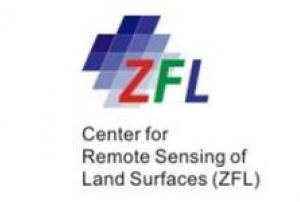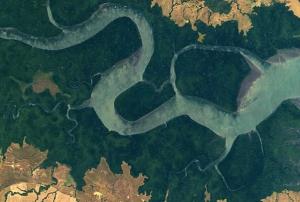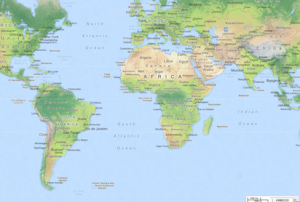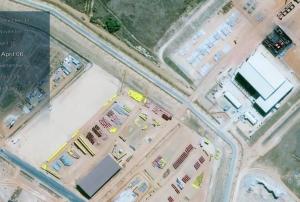A type of volcanic event near an opening/vent in the Earth’s surface including volcanic eruptions of lava, ash, hot vapour, gas, and pyroclastic material (IRDR Glossary).
The majority of volcanoes in the world form along the boundaries of Earth's tectonic plates. When tectonic plates collide, one often plunges deep below the other in what's known as a subduction zone. Not all volcanoes are related to subduction: another way volcanoes can form is what's known as hotspot volcanism. In this situation, a zone of magmatic activity—or a hotspot—in the middle of a tectonic plate can push up through the crust to form a volcano. Although the hotspot itself is thought to be largely stationary, the tectonic plates continue their slow march, building a line of volcanoes or islands on the surface (National Geographic).
A volcano is currently active if it is erupting lava, releasing gas or generating seismic activity. An active volcano is labelled dormant if it has not erupted for a long time but could erupt again in the future. When a volcano has been dormant for more than 10 000 years, it is considered extinct. Volcanoes can remain inactive, or dormant, for hundreds or thousands of years before erupting again. During this time, they can become covered by vegetation, making them difficult to identify.
How explosive a volcanic eruption is depends on how easily magma can flow or trap gas. If magma is able to trap a large amount of gas, it can produce explosive eruptions. (Australian Government).






